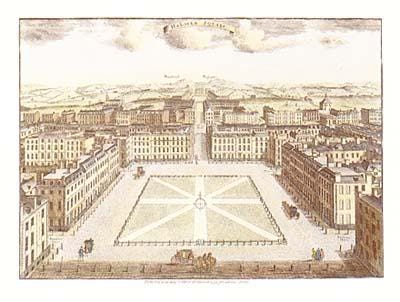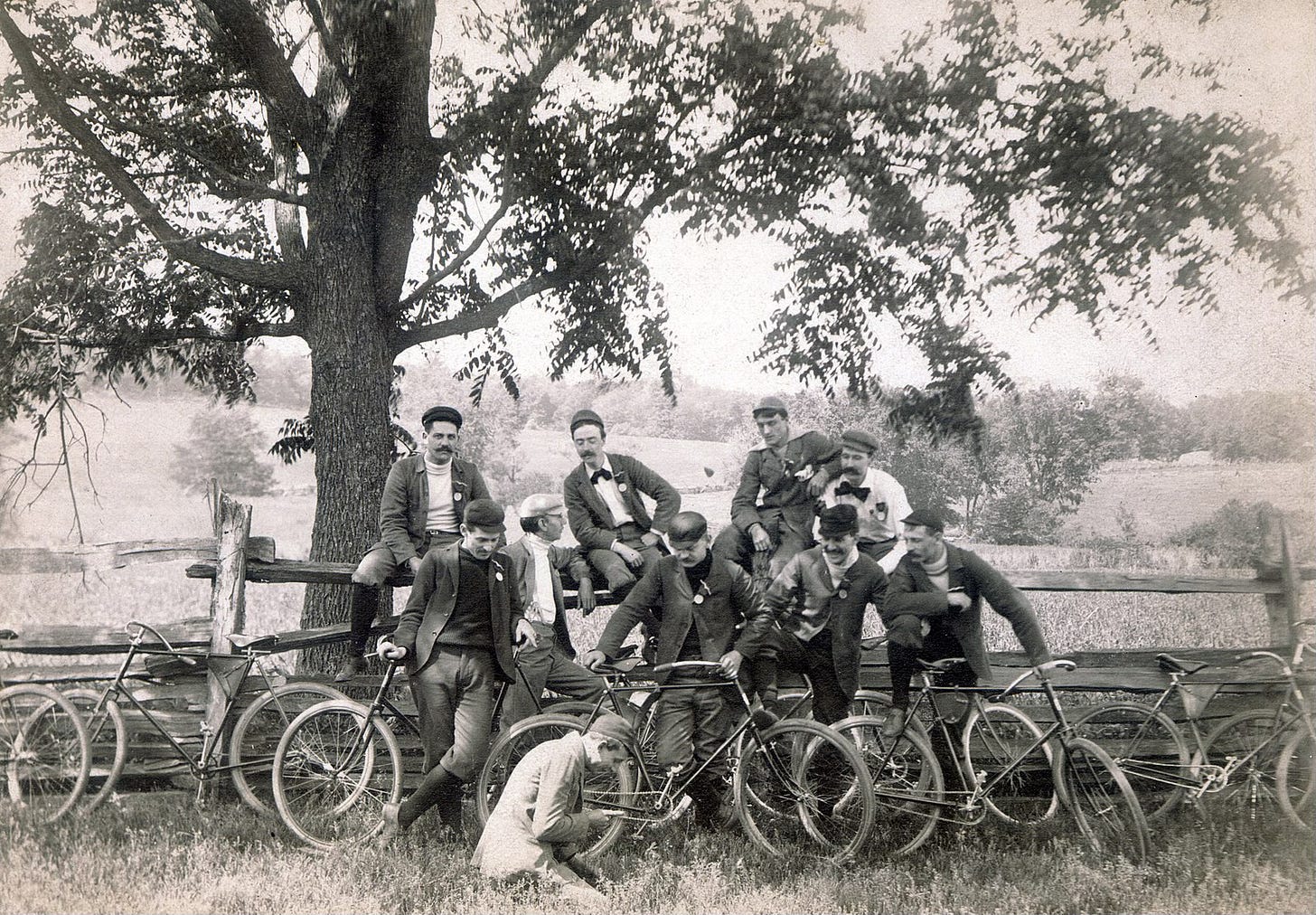Mrs Stirling and the Lord
When an American actress was suspected of adultery with a lord, two detectives - one armed with a notebook and a bicycle - were commissioned to investigate
Francis Newton (1878-1943) was a London born-and-bred private detective. During the Edwardian era, he was employed by Sweeney's agency at 5 Regent Street - this was an agency run by former Met detective inspector John Sweeney, which was operational between at least 1905 and 1911. Newton himself was working as a private detective from at least 1909 until 1939.
One of the earliest newsworthy cases Newton was involved in was back in 1909, when he and a colleague, Randolph Lambert, were tasked with watching a woman named Mrs Stirling, whose husband was seeking a divorce. Mrs Stirling was the actress Clara Taylor, an American who had married Scots landowner John Alexander Stirling four years earlier.
Clara had been the one to initiate the divorce, on the grounds of her husband's adultery with one of their friends, noted society beauty Mrs Mabel Atherton. Stirling had then cross-petitioned for divorce, suspecting that Clara had been having an affair with none other than Thomas Uchter Caulfeild Knox, Lord Northland - the 27 year old son of the 5th Earl of Ranfurly. This had all the elements of a newsworthy case: it involved a pretty, extrovert young actress, substantial money, and the landed gentry.
At the end of August 1908, Sweeney's agency was commissioned by Stirling to shadow Clara Stirling. Francis Newton and Randolph Lambert then received instructions from their boss to watch Mrs Stirling, and started his observations at the British Hotel in London on 29 August. At 11.30am, he saw Lord Northland (a man described in the Nottingham Journal as a 'typical guardsman, tall and straight as a dart') leave the hotel; he had arrived prior to Newton making his way to his observation spot.
Then, a week later, on the evening of 3 September, he saw Mrs Stirling leaving the hotel in a cab. Unfortunately for Newton, the weather was poor that evening - the fog was so heavy that he lost sight of the cab and could not follow it.
Two days later, he saw Mrs Stirling's luggage being moved from the hotel to Gainsborough Mansions, a mansion block on Hanover Square. Finally, on 8 September, he saw Mrs Stirling return to Gainsborough Mansions shortly after 11pm, accompanied by Lord Northland. The lord did not leave her flat until 1.25am.
Hanover Square, some time prior to Mrs Stirling staying there…
Newton undertook his duties on foot, and so was at a disadvantage when Mrs Stirling or her lord took cabs. His colleague, Randolph Lambert, was more creative, however, and used a bicycle to travel around London. He was therefore able to follow the couple on occasions when Newton couldn't. On 13 September, Lambert noticed Lord Northland driving up in a taxi; Mrs Stirling soon got into it with him, and they drove away. Unsurprisingly, they soon noticed that a man on a bicycle appeared to be chasing them, and they turned round and grinned at him through the back of the cab. The efficient Lambert made an entry in his notebook about how he had been spotted.
Bicycling was popular at this time, and one of the two private detectives got around by bike (photo from Missouri History Museum)
The cab had continued on to His Majesty's Theatre, where it stopped so suddenly that Lambert nearly cycled into the back of it. Mrs Stirling disembarked, and said to Lambert, "I see you are still following me!" Lambert tried to deny it: "I am sorry, madam, I think you have made a mistake." The good-humoured Mrs Stirling told him to "follow on".
Of course, shadowing individuals in divorce cases was a well-known occurrence, and it seems that Mrs Stirling knew that her husband might commission a private detective to do so. Despite being followed around London, and watched outside her accommodation, she viewed the men's actions with good humour and tolerance.
Unfortunately for her, despite her evidence relating to her husband 'Jacky' being rather too close to his friend Mabel (who he referred to as 'Nancy dear'), Clara was not successful in her attempt to divorce her husband. However, the detectives' evidence of her close relationship to Lord Northland was believed, and so it was John Stirling who was granted a divorce - and custody of the couple's toddler son, Patrick.
After the end of her marriage, Clara Stirling returned to the stage, and then, in 1911, married again, becoming Lady Cholmondeley. In 1920, she briefly hit the papers again when she sued her husband, Lord George Hugo Cholmondeley, for the restitution of conjugal rights. The marriage did not survive this.
Both Clara’s first husband and her reputed lover fought during World War 1, but Lord Northland never returned, being killed in 1915. Francis Newton, one of the private detectives working on the divorce case, returned to his Lambeth home, where he lived with his wife Bertha and their daughters Lilian and Frances. He moved from Sweeney's detective agency to that run by Harry Smale on Buckingham Street on the Strand - and next week, I will look at the life of his enterprising boss.




Thanks for sharing another story about a detective and what they are investigating. I think it would be really interesting to start collating a table of time, detectives, and what they are investigating... adding all these stories up could (maybe) reveal broader patterns of detecting and what kinds of concerns citizens had.